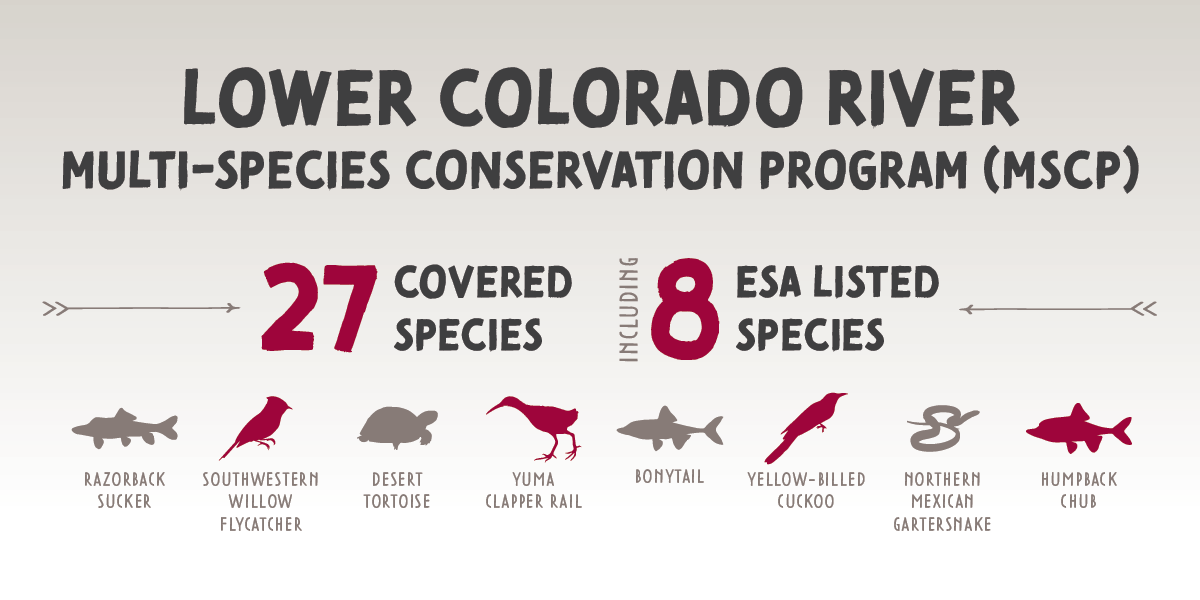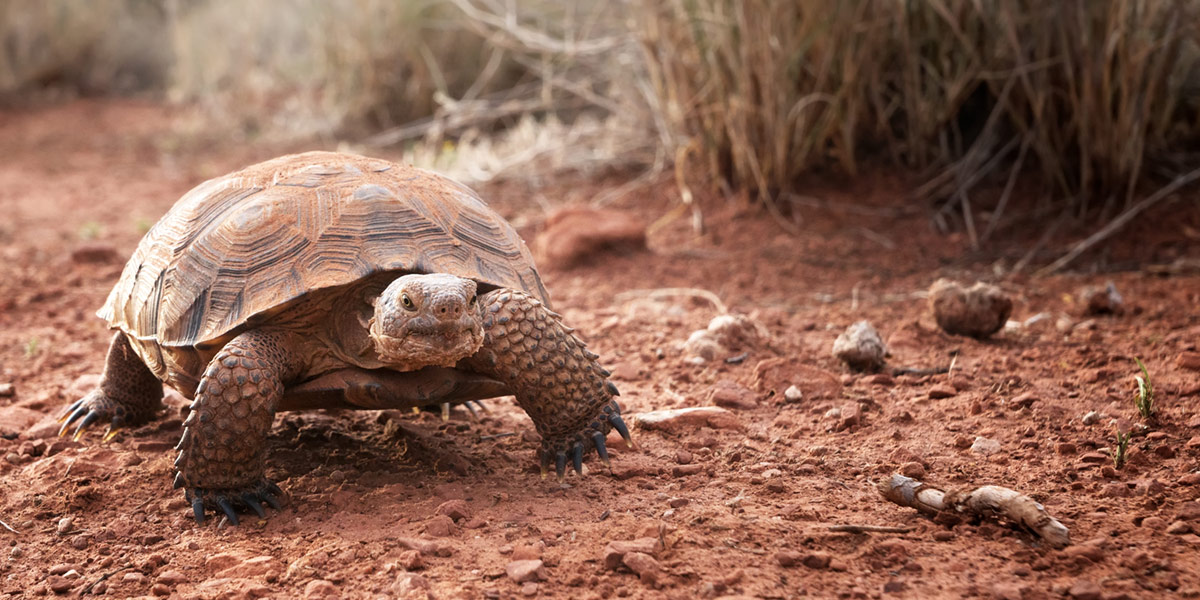If you build it, they will come. . .and they may even come back. Such is the case with the oldest known Summer Tanager (Piranga rubra), which was recently recaptured at the Beal Lake Conservation Area at the ripe old age of 11.
According to Carrie Ronning, wildlife group manager for the U.S. Bureau of Reclamation, this is the fifth year the bird has been recaptured. He keeps returning to breed there and each return trip demonstrates he was able to put on the necessary fat reserves to make it to the wintering grounds, which range from central Mexico into South America, as far south as Bolivia and Brazil.
This “Field of Dreams” is known as the Lower Colorado River Multi-Species Conservation Program (MSCP), covering about 1,119 square miles in Arizona, California and Nevada. Started in 2005, the species covered in this 50-year program have reaped true benefits thanks to new and augmented habitats in the Lower Colorado River Basin. The program is aimed at protecting 27 species covered by the program, including eight listed under the Endangered Species Act, which are either threatened or endangered.

“Truthfully, it’s one of the coolest things we get to do,” says Chuck Cullom, CAP Colorado River Programs manager. “The program, operated in partnership with the U.S. Bureau of Reclamation, and water users in Arizona, California, and Nevada, is creating opportunities for these species to persist and thrive.”The MSCP goal is to balance the Lower Basin use of Colorado River water resources with conservation of native species and their habitat. This includes:
- Planting 8,132 acres of Cottonwood Willows and Honey Mesquites, along with marsh and backwaters within the historic 100-year floodplain of the Lower Colorado River
- Stocking 1.2 million fish – Razorback Suckers and Bonytail Chub
Thus far, 6,543 acres of conservation habitat have been created and 360,000 Razorback Suckers and 110,000 Bonytail Chubs have been introduced into the system.

The program operates through funding provided by the United States and from water and hydropower users in Arizona, California and Nevada. The program extends for 50 years – through 2055 – at a combined total estimated total cost of $915 million in current-year dollars.
Most importantly, the program is working. In addition to the Summer Tanger, the Northern Mexican Garter Snake, not seen in the U.S. since 1904, also reappeared in the MSCP habitat and the Yellow-Billed Cuckoo, a classic “snowbird,” migrating from central and south America to the Lower Colorado River region, has been spotted spending winters nesting in the area.
MSCP efforts not only create a more diverse ecosystem, they also have practical applications in terms of flood protection. By protecting our watersheds, we’re also protecting our infrastructure.
And that’s truly a win-win for everyone in this “Field of Dreams” – birds, reptiles and fish included!



